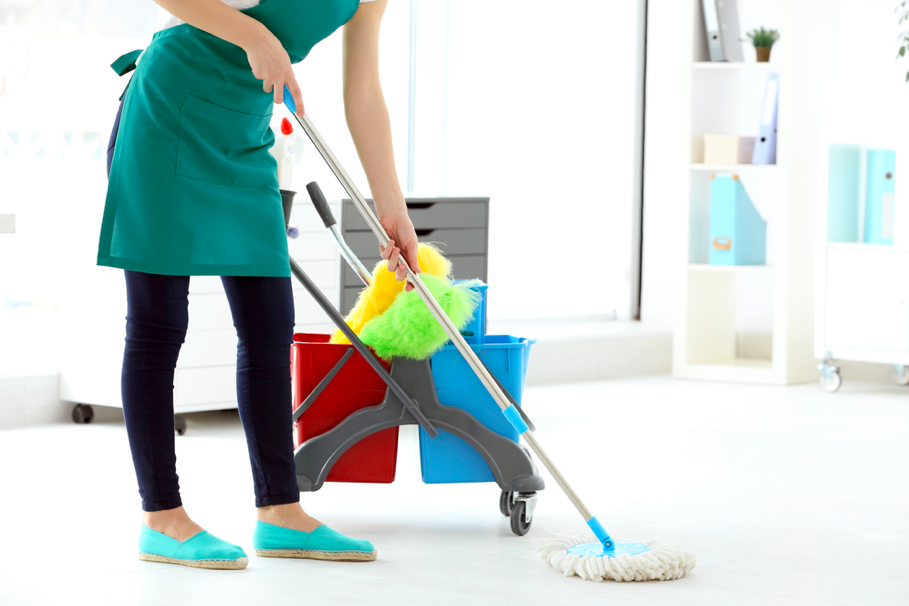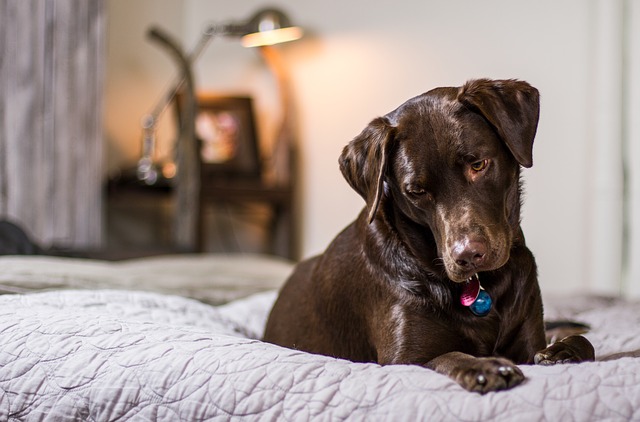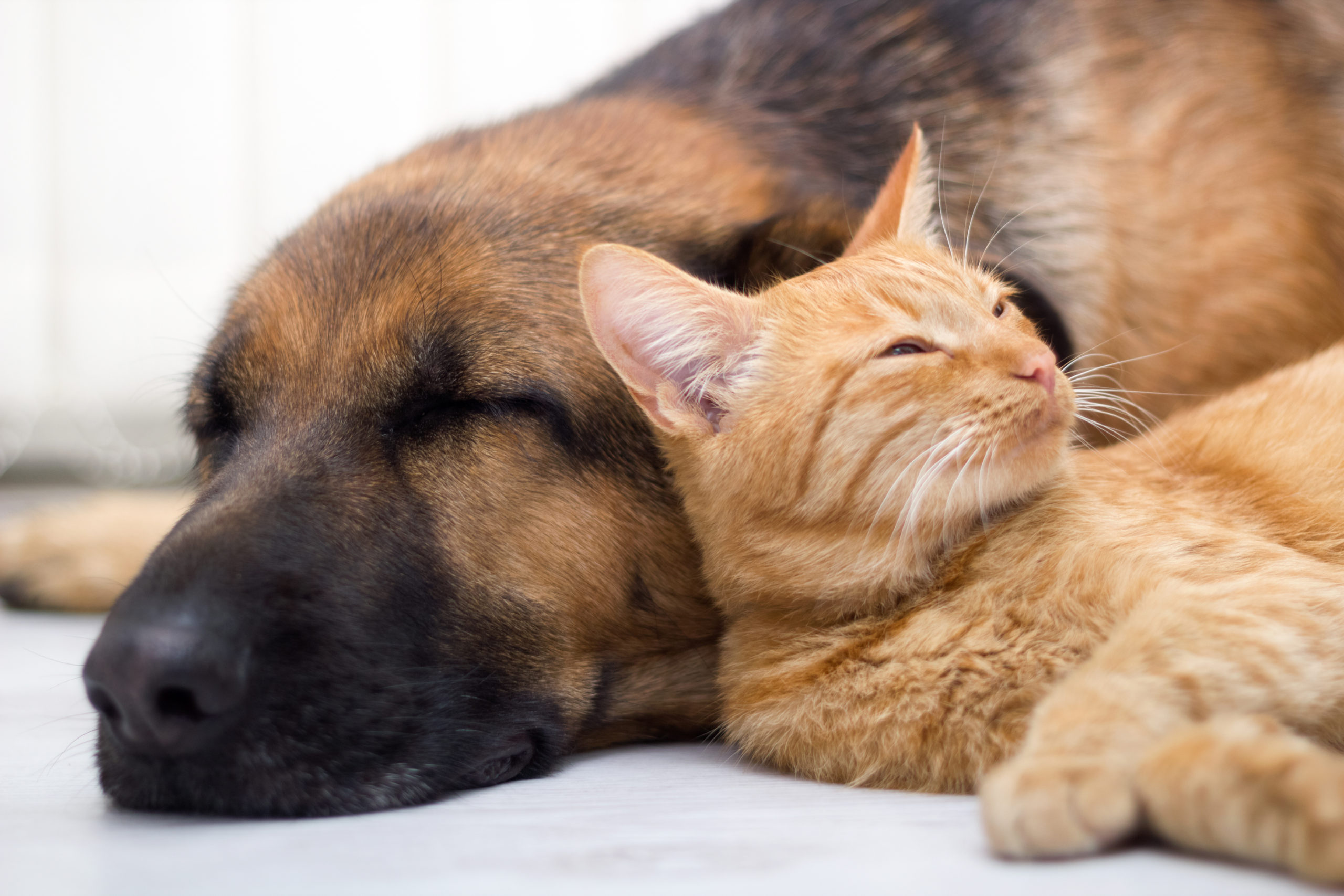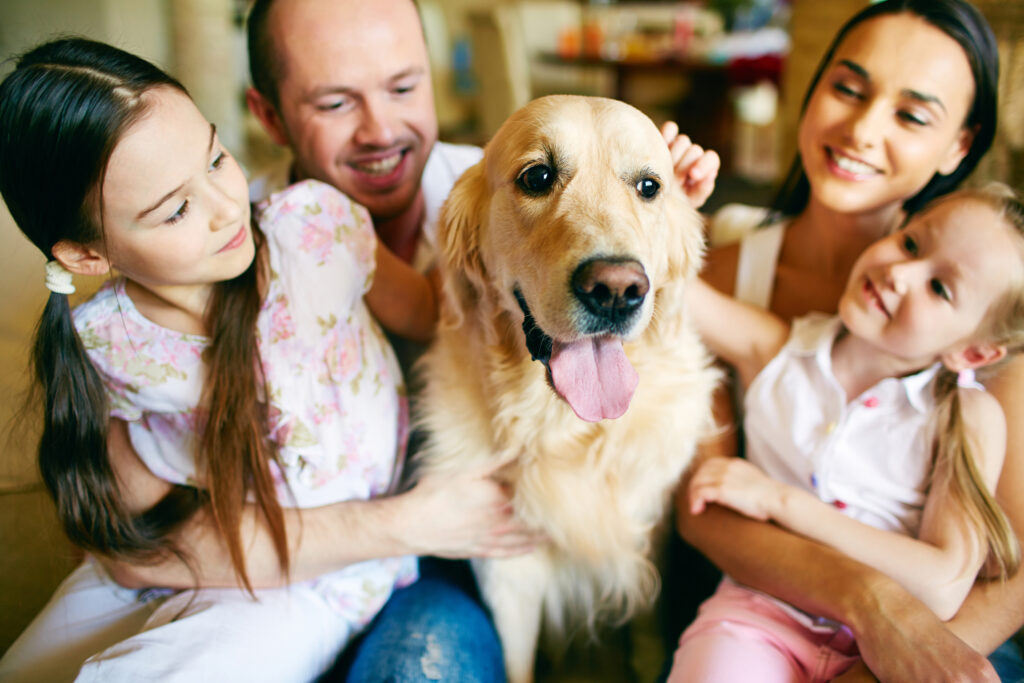If you’re a pet owner then you already know what this is all about. For those who are struggling, gather round and let us make your lives easier.
Removing pet hair can be a real struggle. Especially when they’re everywhere in your house. That feeling of defeat when you finish cleaning your entire house only to find that you missed a spot is all too familiar.
A leather sofa might be a good option at this point. Because cleaning pet-hair from any other type of sofa is, let’s just say, near to impossible. You’ll spend hours cleaning and still find that there is still some left.
But here’s the kicker:
We’re providing a few tips that’ll make your pet hair removal seem like a walk in the park. So, grab a seat because these hacks are about to change your life.

Furniture
When it comes to removing hair from furniture – rubber gloves are absolute saviours. Let’s face it, you can’t possibly use a roll of tape on all your furniture.
It’s literally going to take you years, and nobody has that kind of time.
Rubber Gloves
Rubber gloves can be used in many ways. It would probably be a good idea to stock up on them if you have a pet that sheds hair a lot.
- If you have a glue gun lying around the house, grab it. Make dots with the glue gun on the gloves with the textured side. This way you can pick up more hair.
- Dampening the rubber gloves also works wonders. In a matter of seconds, you’ll collect more hair than you normally would. This works best on fabrics or any sort of upholstery.
- Spray a mixture of water and fabric softener on your couch. Run the gloves over them to see the magic. This way you’re protecting the couch as well.
The gloves are also much easier to clean. Once you’re done just rinse the hair off. If you don’t have a rubber glove in your house you can use a marginally wet sponge as an alternate.
For wooden furniture surfaces, there are sprays to stop electric charges. It’ll make pet hair removal much easier because they’ll cause your pet’s hair to stick less.

Floors
Floors can be a tricky thing to clean. Getting rid of hair from carpets or rugs can be backbreaking. Not to mention, if not cleaned properly there is a high chance you might damage the carpet. Or the floor.
Vacuum cleaners are the ideal device you would normally use. However, there are also some other devices. For instance, a rubber broom or a damp mop.
These alternate devices can clean your floors and carpets quite efficiently.
Rubber Broom
A carpet attracts most of your pet’s shedding hair. They tend to get stuck deep into the fibers. And the best way to clean your carpet thoroughly is by using a rubber broom.
Vacuum cleaners get the job done but also leave hair behind. If you have to use a broom after vacuuming then what’s the point, really? You’d be cleaning twice and also wasting time.
Rubber brooms are the best, just start sweeping your carpet and see the results yourself. You’ll remove more hair and save more time. Win-win!
Keep sweeping till you’re satisfied!
Damp Mop
For tiled or wooden floors, use a damp mop. As mentioned before, vacuum cleaners leave hair behind. A damp mop can clean it up.
A damp mop is effective because in one sweep it collects all the remaining hair left behind by the vacuum cleaner.
The best part? Just rinse the mop with water and the hair will come off on its own. There are different mops for laminate, hardwood or bare floors. Electrostatic or microfibre mops are most effective on these surfaces.
Use it instead of the vacuum or use it after, the results will blow your mind.

Clothes
Here’s a familiar scene: You’re cuddling or playing with your pet before heading out. You’re having fun, your pet is over the moon. Halfway along the road, you realise your clothes are covered with your pet’s hair.
Simply dusting them off doesn’t clearly work. What about when you’re outdoors? What do you do? This is where lint rollers come in.
Lint Rollers
If you already use a lint roller on your clothes then you’ll be thrilled to know that they work on removing pet hair as well. They are handy and oh so simple to use.
Although lint rollers work best on clothes, you can use them on your couch, bed, pillows or any other place that has upholstery on them. But bear in mind lint rollers do have a short shelf life.
There’s a brilliant hack you can use instead, though. Duct tape. Yes. Some use packing tapes, which work fine. But, duct tape is stickier than a packing tape.
If you have an old empty lint roller, just tape around it and get to cleaning. Use it on clothes, floors, furniture and you’ll see hair sticking to it like a magnet.
Side tip: Keep a lint roller in your car. You’ll need it!
Dryer Sheets
If your dog likes to chill with you on your bed then chances are your bedsheets, pillowcases, and blankets are filled with his hair. Using a dryer sheet eliminates large amounts of hair all at once.
Put your clothes and other detachable fabrics in the dryer first to decrease the static. This way less hair will cling to your clothes. You can use vinegar too, to decrease the static.
Just add a touch of vinegar before you run your regular washing routine and see the visible difference for yourself.

Final Thoughts
It’s essential to remember that you need to clean every day. However, you must also remember that grooming your dog is important too. If you keep your dog/cat groomed regularly you’ll have less hair to clean.
It’s also important you clean your tools after using them as well. This way you can prevent bacteria from forming.
So, if you haven’t tried any of these tips before, I’d recommend having a go at it. Find out what works best for you. There are countless hacks available online. Just be diligent cleaner and you’re halfway there.
Author Bio:
Shawn is a content writer at FeedFond. He’s a doting father not only to his two children but also to his two Golden Retrievers. Check out more of his articles at FeedFond.com.